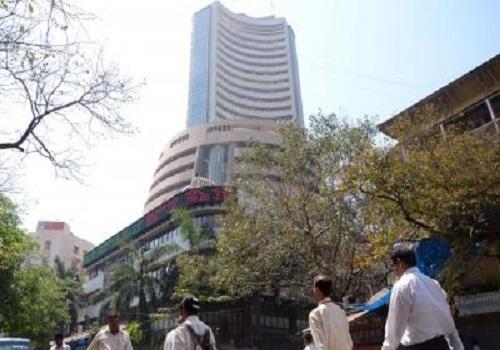
Market Recovery Driven by Positive Global & Domestic Cues: Experts
The Indian stock market, which had been witnessing a downward trend for three consecutive weeks, made a strong comeback recently, closing the week with gains of nearly 2 per cent. This sudden surge in the market’s performance can be attributed to a combination of positive global and domestic cues, say experts.
According to market watchers, among the key drivers of this recovery was the improvement in global sentiment. Reports of a delay in US tariffs and the possibility of further negotiations between the US and China helped stabilise financial markets. This development is significant, given the uncertainty that had been prevailing in the global market due to the ongoing trade tensions between the world’s two largest economies.
The delay in tariffs is expected to have a positive impact on global trade and commerce. It will give businesses and investors more time to adjust to the changing trade landscape, which, in turn, will help to reduce the uncertainty and volatility that has been plaguing the markets. The possibility of further negotiations between the US and China is also a positive sign, as it indicates that the two countries are willing to work towards a resolution.
In addition to the global cues, domestic factors also played a crucial role in the market’s recovery. The Indian economy has been facing a few challenges in recent times, including a slowdown in growth and a decline in corporate profitability. However, the government’s efforts to stimulate the economy through fiscal and monetary measures have started to show some positive results.
The Reserve Bank of India’s (RBI) decision to cut interest rates and the government’s announcement of a stimulus package have helped to boost investor sentiment. The RBI’s rate cut has made borrowing cheaper, which will help to stimulate growth and increase consumption. The government’s stimulus package, which includes measures such as increased spending on infrastructure and rural development, is expected to create jobs and increase demand.
The Indian rupee, which had been under pressure due to the weakening of the US dollar, also rallied recently, closing at its highest level in several months. This is a positive sign, as a strong rupee will help to reduce the cost of imports and increase the competitiveness of Indian exports.
In addition to these factors, the market’s recovery was also driven by the performance of individual stocks. Many companies, including those in the blue-chip index, reported strong earnings and revenue growth, which helped to boost investor confidence.
The recovery in the Indian stock market is expected to continue in the short term, say experts. The improvement in global sentiment and the positive domestic cues are expected to support the market’s growth. However, they also caution that the market is due for a correction, given its recent surge.
In the medium term, the market’s performance will depend on the government’s ability to implement its economic reforms and stimulate growth. The government’s efforts to improve the ease of doing business and increase foreign investment will also be crucial in driving the market’s growth.
In conclusion, the market recovery is driven by a combination of positive global and domestic cues. The improvement in global sentiment and the positive domestic cues, including the government’s efforts to stimulate the economy and the RBI’s rate cut, have helped to boost investor sentiment and drive the market’s growth. While the market is due for a correction, experts believe that the recovery is likely to continue in the short term.






